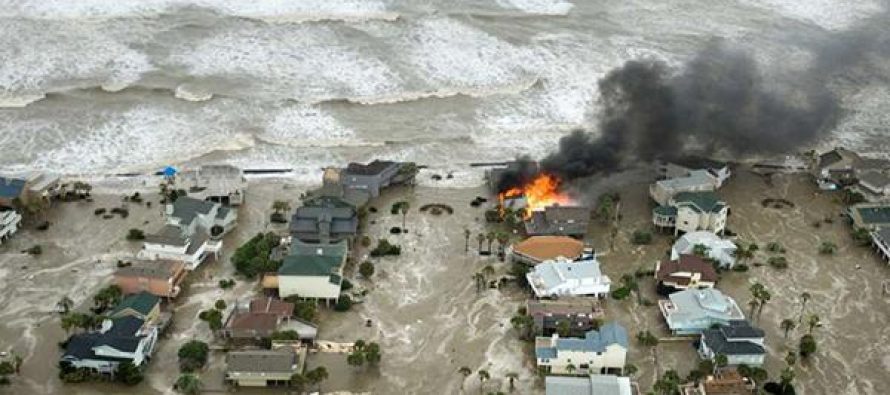
How Are Hurricane Categories Determined? What Do They Mean?
The strength of hurricanes is rated using the Saffir/Simpson scale in the United States. This scale assigns a storm to one of five categories based on its wind speed. Category one is a minimal hurricane and category five is the strongest. Using this scale helps estimate the potential property damage and expected coastal flooding from a hurricane.
Categories are determined by Maximum Sustained Winds as follows:
- Category 1. 74-95 mph
- Category 2. 96-110 mph
- Category 3. 111-130 mph
- Category 4. 131-155 mph
- Category 5. 156+ mph
What is a tropical disturbance?
A tropical disturbance is an organized system of clouds and thunderstorms without a defined circulation.
What is a tropical depression?
A tropical depression is an organized system of clouds and thunderstorms with a circular wind circulation and maximum sustained winds less than 39 mph.
What is a tropical storm?
A tropical storm is an organized system of strong thunderstorms with defined circulation and maximum sustained winds of 39 to 73 mph.
What regions around the globe have hurricanes?
Hurricanes develop over tropical or subtropical waters around the world. There are seven tropical cyclone areas (basins) where storms occur:
- Atlantic basin (North Atlantic Ocean, Gulf of Mexico and Caribbean Sea)
- Northeast Pacific basin (from Mexico to the dateline)
- Northwest Pacific basin (from the dateline to Asia)
- North Indian basin (including the Bay of Bengal and Arabian Sea)
- Southwest India basin (Africa)
- Southeast Indian/Australian basin
- Australian/Southwest Pacific basin
What is the “eye” of the storm? What are rain bands?
The hurricane’s core is called the “eye.” The winds closest to the eye, typically averaging about 60 miles from the center of the storm, are the strongest and bring the most potential for damage. Rain bands, or outer spiral bands, are the bands of clouds and thunderstorms that trail away from the eye wall in a spiral fashion and are capable of producing heavy bursts of rain and wind. The spiral bands also make hurricanes appear to cover a much larger area with damaging winds than they really do. This is the reason why damage during strong storms does not cover the entire area the storm passes over.
Why are hurricanes named? Who names them?
The National Hurricane Center is responsible for naming tropical cyclones in the Atlantic basin. Hurricanes are named to provide ease of communication and reduce confusion between forecasters and the general public regarding forecasts, watches and warnings.





